Kiplinger, a well-known American financial magazine, recently published on Yahoo Finance an article about Whole Life life insurance in the United States under the current low interest rate environment.American Life Insurance GuideNet translated this article, the following is the full text:
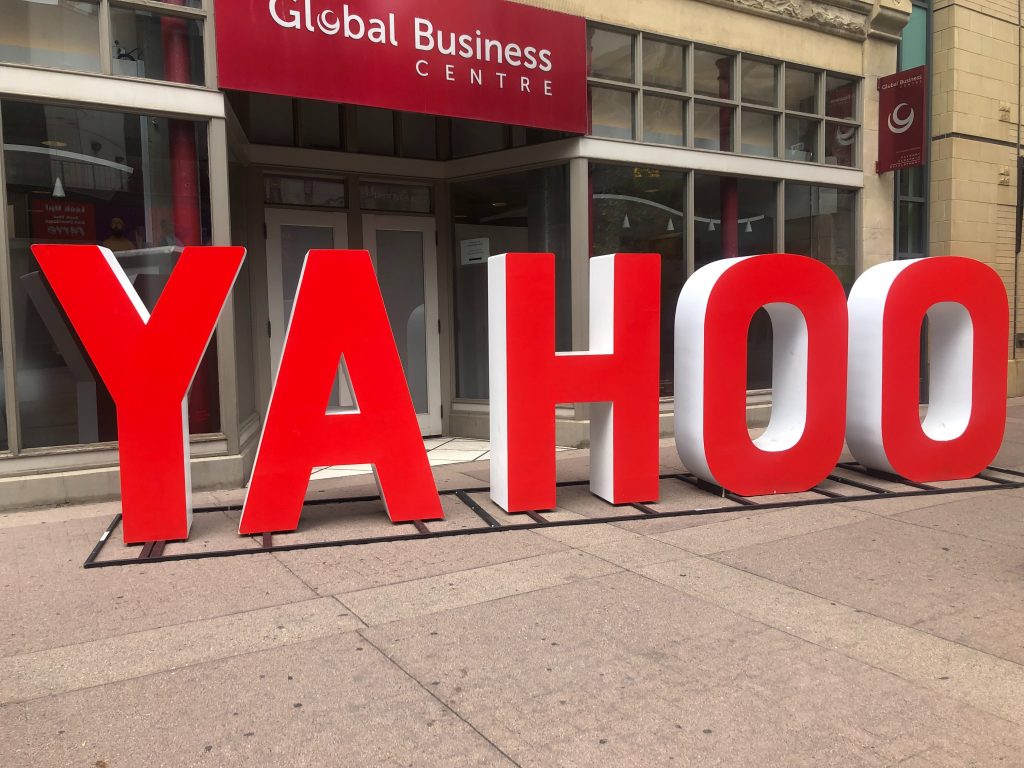
Savings Participating Whole Life Insurance(Called Whole life in English), this product has many advantages.
After applying for this type of life insurance policy account, it is equivalent to opening a guaranteed savings account (also known as a cash value account). Whole Life insurance also provides lifelong death compensation protection.
Although there are many reasons to apply for a Whole Life policy, the current low interest rate environment may make Whole Life policy holders and applicants face challenges.
If we have a Whole Life policy,So is the cash value account of the policy healthy now??In the future, will we face a notice of additional premiums??The current home isolation period is the best time to reassess and maintain the Whole Life policy account from the following three aspects.
Reason #1: Low interest rates are not conducive to policy dividends
Low interest rates may be beneficial to certain corporate industries, but for insurance companies with Whole Life as the core,Not good news.Because low interest rates will affect the whole life policyDividends and loans.
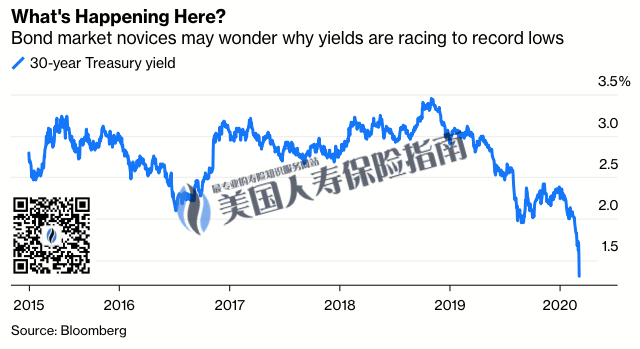 For this type of insurance policy, the annual dividend is the return of the policyholder's premium.The amount of such annual dividends is not guaranteed, but it is an important part of the performance of the cash value account of the entire Whole Life policy.
For this type of insurance policy, the annual dividend is the return of the policyholder's premium.The amount of such annual dividends is not guaranteed, but it is an important part of the performance of the cash value account of the entire Whole Life policy.
This dividend is usually reinvested in a cash value account to help the savings account grow.After 15 to 18 years, in most cases, the amount of dividends accumulated over the years and the rollover income from dividends will add up to a lot, enough to pay future premiums (Editor's note: This is what Whole Life Insurance often says The principle of "pay in 10 years" and "pay in 20 years").
at this time,The policy holder "may" no longer need to continue to pay premiums, and the cash value in the policy can complete the positive cycle of self-income and premium expenditures.
The reason for saying "possible" is that it depends on the actual market performance of dividends each year.
Today's lower market interest rates mean that annual dividends will also be reduced.This is because insurance companies invest most of our premiums into relatively conservative fixed-income assets.If fixed-income investments have reduced income due to lower interest rates, the income of the insurance company will also decrease, and therefore, the dividends that the insurance company can take out will also decrease.
If dividends have been small, Whole Life policy holders may have to pay longer premiums.Because this dividend may not be enough to allow the policy to complete the positive cycle of self-income and premium payments.
(>>>Recommended reading:[Evaluation] How to choose the best savings and dividend life insurance company? Top5 list and historical dividend data disclosed)
Reason #2: Low interest rates are not conducive to borrowing from insurance policies
When a Whole life policy holder needs money during his lifetime, he can withdraw money from the policy by "borrowing".

The insurance company charges a certain amount of interest on this loan.When borrowing interest is low and dividends have been good, this kind of borrowing will not become a problem.However, because insurance companies’ income on the bond portfolio has decreased, insurance companies will look for other sources of income.
Some insurance companies will increase the loan interest charged to policyholders.Recently, a large insurance company raised the lending rate from 3.5% to 5%.
For Whole Life policyholders, if there is an unpaid loan on the policy account, then the additional cost of the loan will affect the performance of the cash value account.Compared with the "paid in 10 years" at the time of insurance, "paid in 20 years",We may need to continue paying premiums again.
(>>>Recommended reading:How can we choose the business experience of American insurance companies during the new crown epidemic?)
Reason #3: Changes in our financial goals
I have a client who is 60 years old and no longer needs Whole Life's death claims protection.His child has grown up and his mortgage has been paid off. At this time,Retirement income和Long-term care insuranceThe needs of has a higher priority.
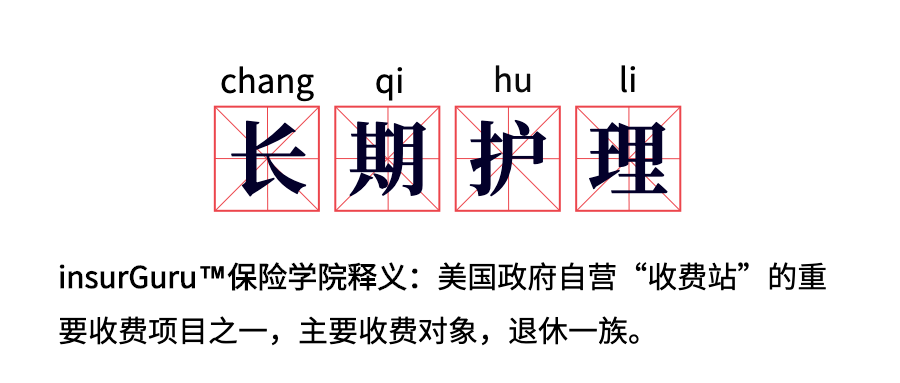 We asked the insurance company for the running quotation of the Whole Life account he held.Not surprisingly, the insurance company pointed out that he needed to deposit more premiums.Because the dividend is not enough, the policy is not enough to enter the "paid" state.This is the time to evaluate other options.
We asked the insurance company for the running quotation of the Whole Life account he held.Not surprisingly, the insurance company pointed out that he needed to deposit more premiums.Because the dividend is not enough, the policy is not enough to enter the "paid" state.This is the time to evaluate other options.
What to do next?
Obtaining a valid policy account illustration form (Policy Illustration) from the insurance company is the first step.
The policy account description sheet will predict the cash value of the policy and the amount of death benefit.Will also point out how long we need to continue supplying.
I often stress test these active policy accounts. My method is to use a dividend rate that is more conservative than the current dividend rate.
If the policy requires more premiums to reach the "paid" status, then we need to think about whether it is necessary to continue to pay.This is not the time to make other choices.
In the case of my 60-year-old retired client, the Whole Life policy still requires him to pay for at least another 5 years.We came to the conclusion that his old Whole Life policy could no longer meet his next needs.
Therefore, we passed a partial tax exemption 1035 conversion, Put part of the money in his old Whole Life policy account into a one-time "paid"Long-term care insuranceIn the account.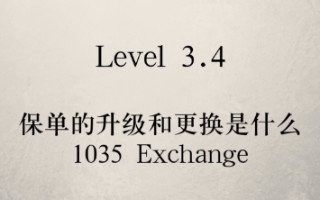 1035 conversion programHelp us transfer the cash value accumulated in the Whole Life policy account to other life insurance, long-term care insurance, or annuity accounts in the form of "income tax exemption".
1035 conversion programHelp us transfer the cash value accumulated in the Whole Life policy account to other life insurance, long-term care insurance, or annuity accounts in the form of "income tax exemption".
This new long-term care insurance also has death claims protection, but more importantly, for my client, this insurance provides a pool of funds that can cover the cost of long-term care for up to 6 years.This can help him continue to use other IRAs and bank deposits to provide retirement income.
other options
If it is found that the actual premium payment period is longer than expected, policyholders also have many options.
Asking insurance companies to reduce the amount of death claims can effectively reduce premiums, lower insurance costs, and shorten the time for premiums to be "paid in full".
In some cases, it is more reasonable to apply for a new policy.If my 60-year-old client wants to leave a life insurance policy for his family, we can transfer all the cash value of the Whole Life policy to a new life insurance policy, and pay it all in one lump sum-that is Said that there is no need to pay extra premiums.
This approach is accompanied by more advanced investment-linked insurance andIndex insuranceEmergence—this type of insurance often comes with better death claims guarantees than before—and becomes feasible.
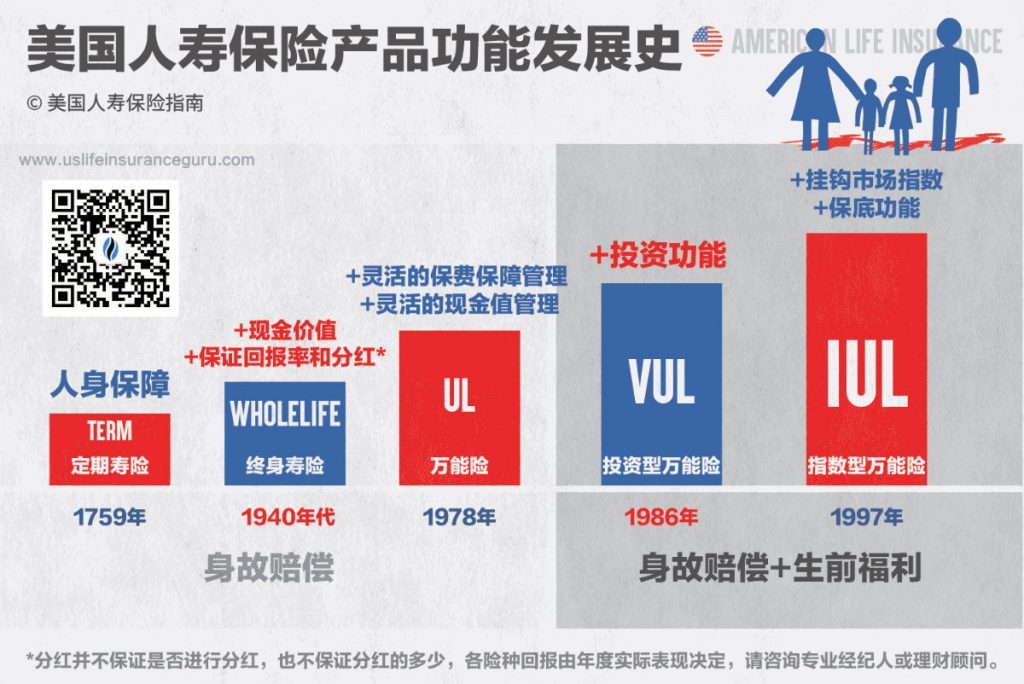
The world has changed tremendously.Some of these changes, such as the low interest rate environment, are not good news for Whole Life policyholders.Now it may be the evaluation "How does the long-term low interest rate environment affect our premium contracts in the futureThe right time.Other changes, such as your employment status or retirement goals, are also valid reasons to reassess the old Whole Life policy.
In the future, there may also be better ways to use the US dollars we use to pay premiums or the cash value of the policy.Either way, starting to evaluate each option is a good start. (End of full text)
(>>>Recommended reading:[Evaluation] How much does a $100 million insurance policy cost?Savings dividend insurance vs index insurance vs guaranteed universal insurance )
appendix
*"Whole Life Insurance… Love It or Leave It?", 07/27/2020, Kiplinger, https://yhoo.it/2XMUTIn



